Beryl: Gemstone and Jewelry
Beryl is a mineral family that includes some of the most popular gemstones in the world, including emeralds, aquamarines, and morganites. This mineral family is composed of beryllium, aluminum, and silicon, and its physical properties vary depending on the specific elements and impurities found in each variety. Beryl has been cherished for its beauty and rarity since ancient times, and it has been used as both a decorative and functional material throughout human history. In this article, we will explore the history, properties, and uses of beryl, with a particular focus on its role in jewelry.

History of Beryl:
Beryl has been known to humans for thousands of years, and it has been valued for both its aesthetic and medicinal properties. The ancient Egyptians, for example, used beryl to make eyeglasses, as they believed it improved vision and protected the eyes from evil spirits. The Greek philosopher Pliny the Elder wrote of beryl's healing properties, claiming that it could cure eye diseases, soothe anger, and promote good health.
Beryl was also widely used for decorative purposes in ancient times. The Hellenistic Greeks were particularly fond of beryl, as evidenced by the numerous surviving examples of beryl jewelry from this period. The Egyptians and Romans also used beryl in their jewelry, often carving it into intricate shapes and engraving it with designs.
Despite its popularity, beryl was not recognized as a distinct mineral until the late 18th century. Until then, it was often confused with other minerals such as quartz and topaz. Once its unique properties were understood, however, beryl quickly became one of the most prized gemstones in the world.

Properties of Beryl:
Beryl is a relatively hard mineral, with a Mohs hardness of 7.5 to 8. It is also quite durable, making it a popular choice for jewelry that is meant to be worn daily. The physical properties of beryl can vary widely depending on the specific variety. For example, emeralds are typically heavily included, while aquamarines are usually quite clear.
Beryl can also exhibit a wide range of colors, from green to blue to pink to yellow. One of the most distinctive properties of beryl is its high refractive index. This means that it bends light more than many other gemstones, giving it a bright and sparkling appearance. Beryl also has excellent clarity, which further enhances its brilliance.

Uses of Beryl:
Beryl has been used for a wide range of purposes throughout history, from decorative objects to medical treatments. Here are some of the most common uses of beryl:
- Jewelry: Beryl is one of the most popular gemstones in the world, and it is widely used in jewelry. The most well-known beryl gemstones include emeralds, which are prized for their deep green color, and aquamarines, which are prized for their clear blue color. Other beryl varieties, such as morganite and heliodor, are also used in jewelry, although they are less well-known. Beryl can be cut and polished into a wide range of shapes and sizes, from small round stones to large, faceted gems.
- Technology: Beryl is also used in a variety of technological applications. One of the most common uses of beryl is as a source of beryllium, which is used in a wide range of electronics and aerospace applications. Beryl's high refractive index also makes it a popular choice for optical components such as lenses and prisms.
- Medicine: Beryl has been used in various medical treatments throughout history, although its use in modern medicine is relatively limited. The ancient Greeks believed that beryl could cure eye diseases, and it was also used in medieval Europe as a remedy for various ailments. Today, beryl is sometimes used in alternative medicine practices, although its efficacy is not well-established.
- Decorative objects: Beryl has been used for centuries to create decorative objects such as carvings and vases. It is a relatively soft mineral, which makes it easy to work with, and its high refractive index gives it a beautiful, sparkling appearance. Beryl carvings can be found in museums and private collections around the world.

Types of Beryl:
There are several different types of beryl, each with its own unique properties and uses. Here are some of the most common types of beryl:
- Emerald: Emerald is perhaps the most well-known variety of beryl. It is prized for its deep green color, which is caused by the presence of chromium and vanadium impurities. Emeralds are also heavily included, which can make them somewhat brittle and prone to cracking. Despite their fragility, emeralds are among the most valuable gemstones in the world.
- Aquamarine: Aquamarine is a clear, blue variety of beryl. It is prized for its bright, sparkling appearance, which is caused by its high refractive index. Aquamarines are often cut into large, faceted gems and used in statement jewelry pieces.
- Morganite: Morganite is a pink to peach colored variety of beryl. It is named after the American financier J.P. Morgan, who was an avid collector of gemstones. Morganite's light, pastel color makes it a popular choice for delicate and feminine jewelry pieces.
- Heliodor: Heliodor is a yellow to greenish-yellow variety of beryl. It is prized for its bright and sunny appearance, which is caused by the presence of iron impurities. Heliodor is often used in statement jewelry pieces that are designed to be noticed.

Beryl is a diverse and fascinating mineral family that has played an important role in human history. From its use in ancient eyeglasses to its modern applications in electronics and aerospace, beryl has been valued for its beauty and utility for thousands of years. Today, beryl continues to be one of the most popular gemstones in the world, prized for its wide range of colors and excellent clarity. Whether used in fine jewelry or decorative objects, beryl is sure to continue captivating people for centuries to come.




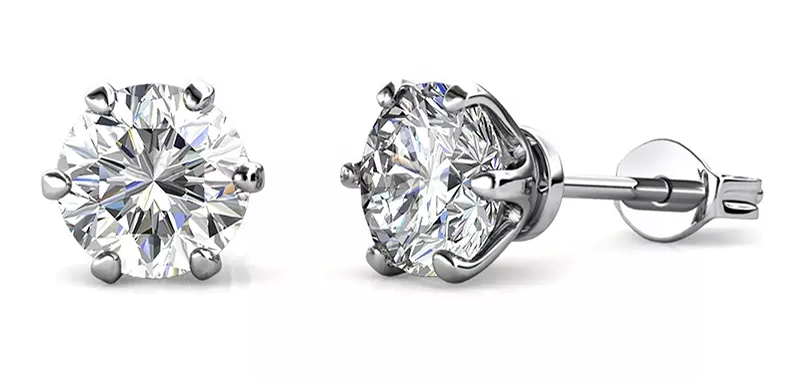
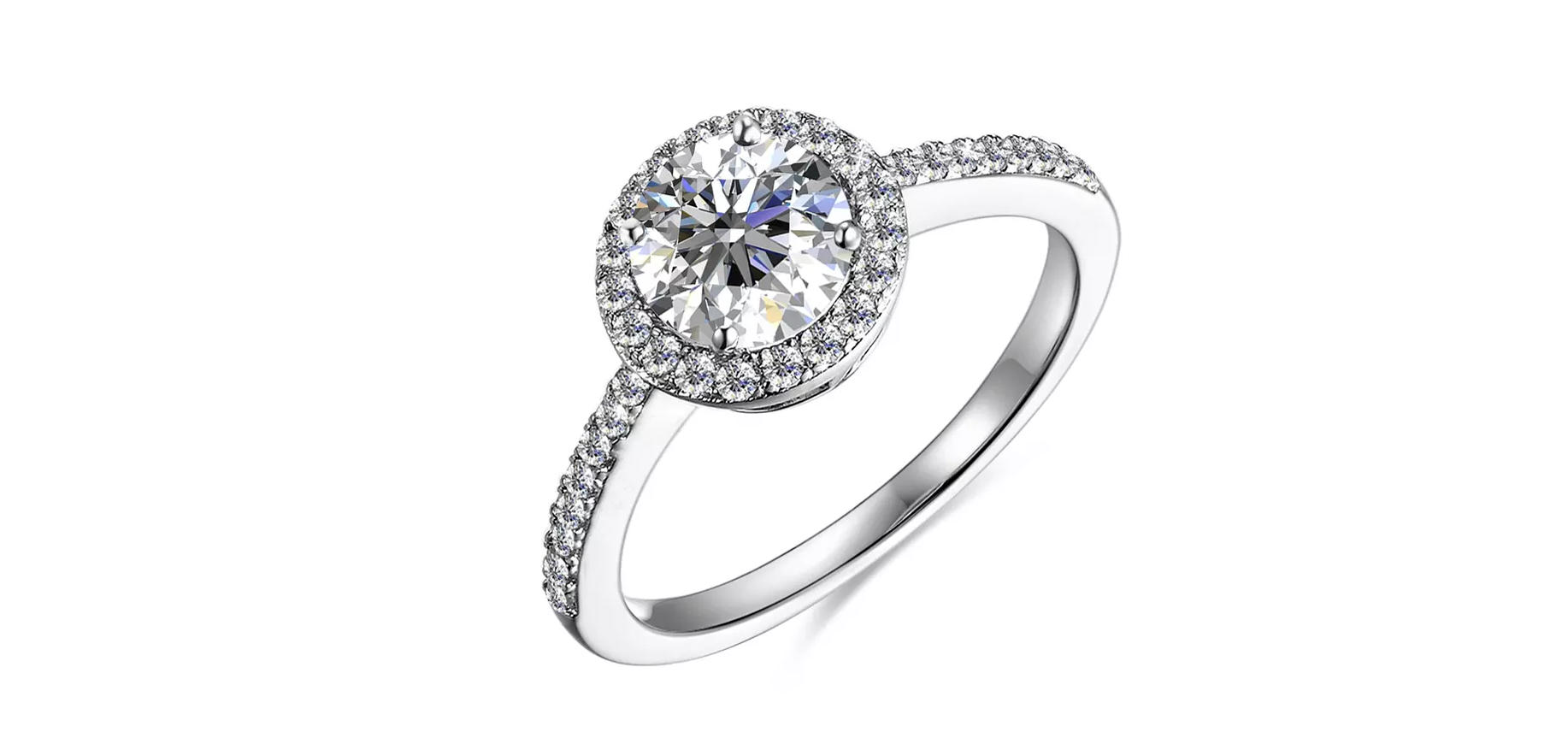
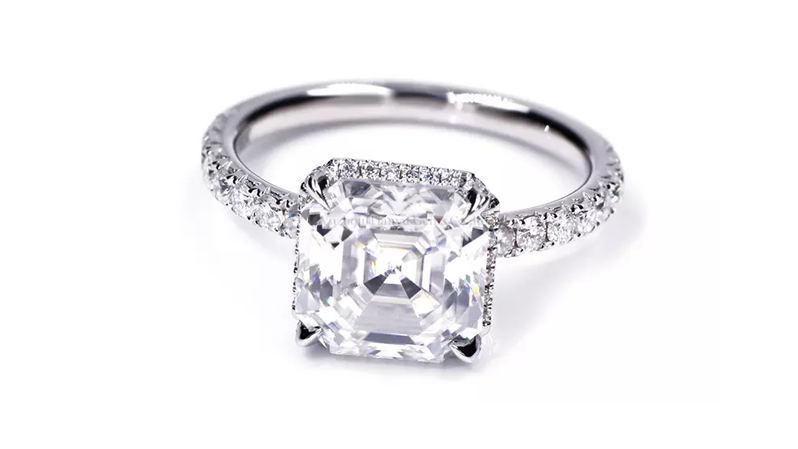
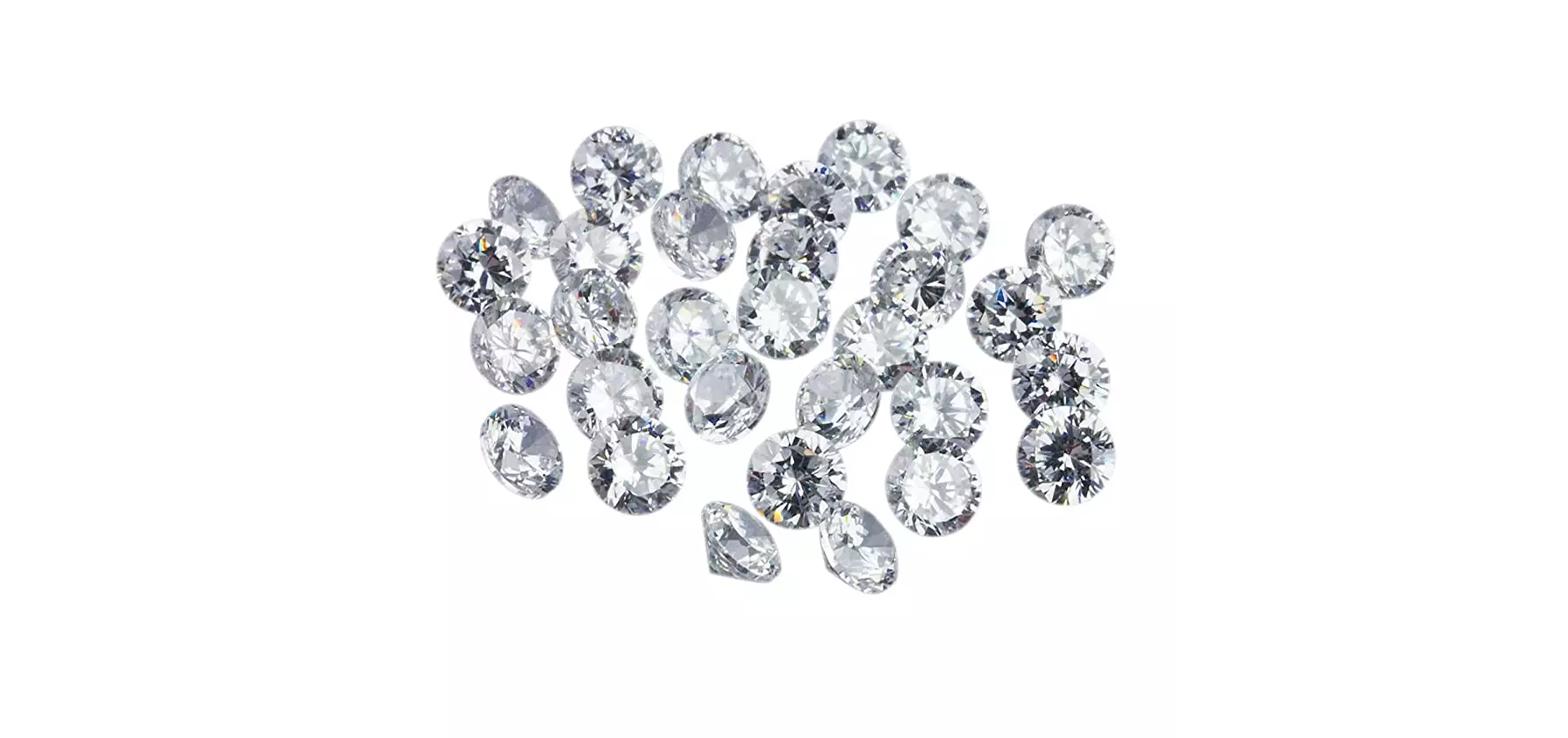
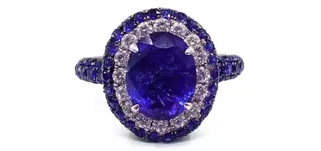
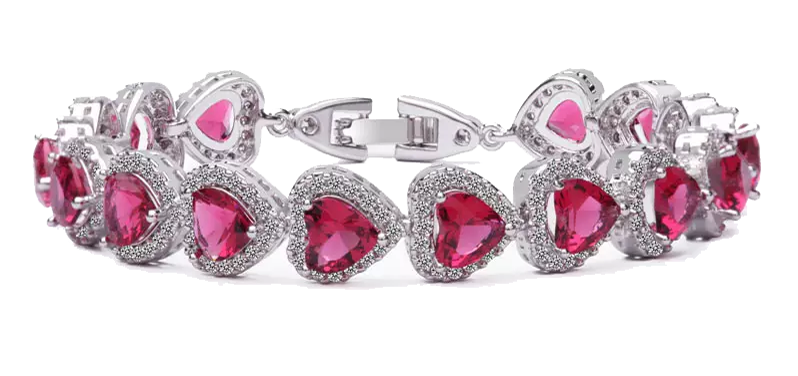
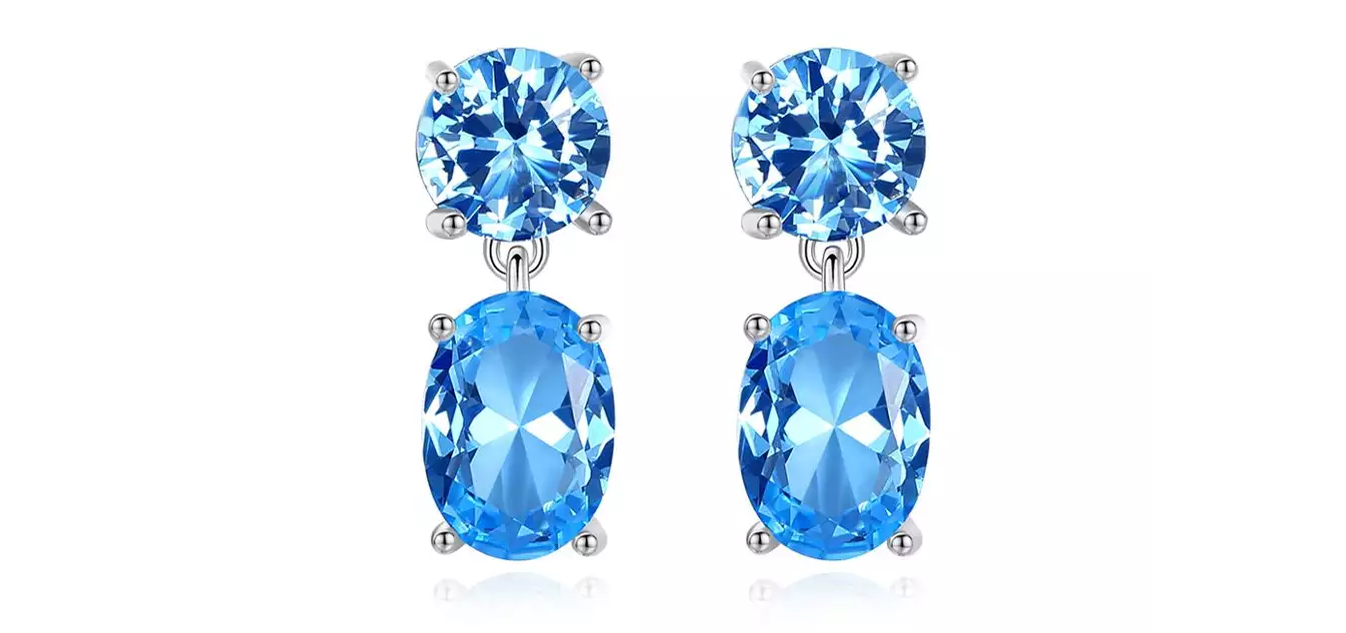
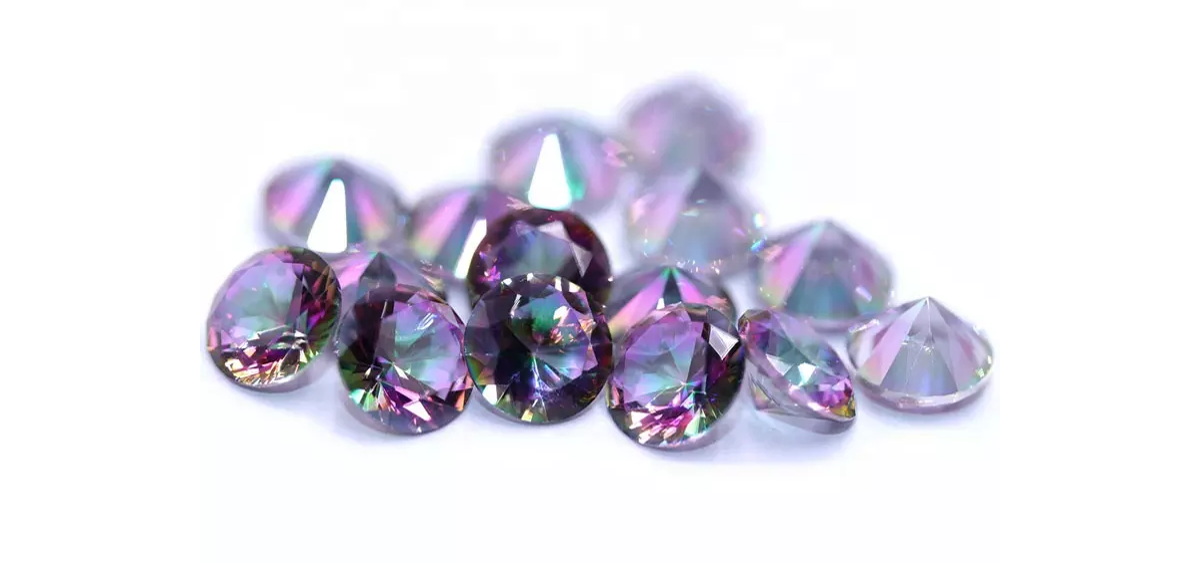
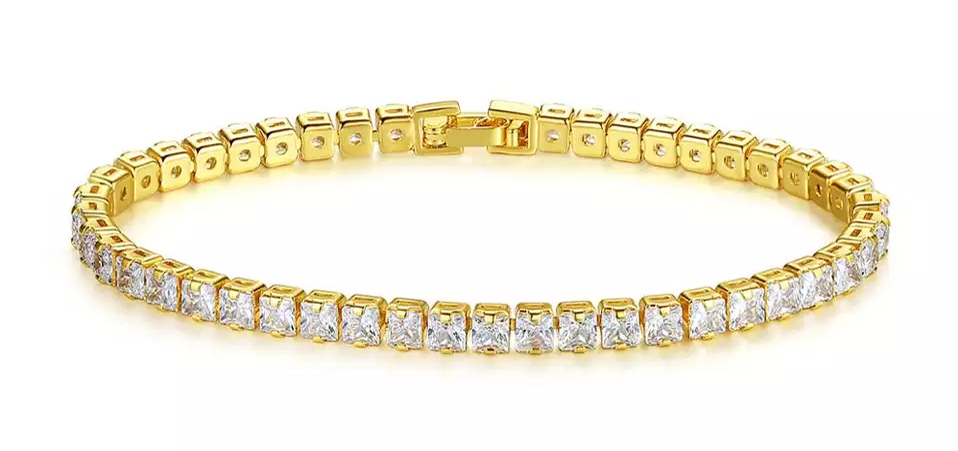
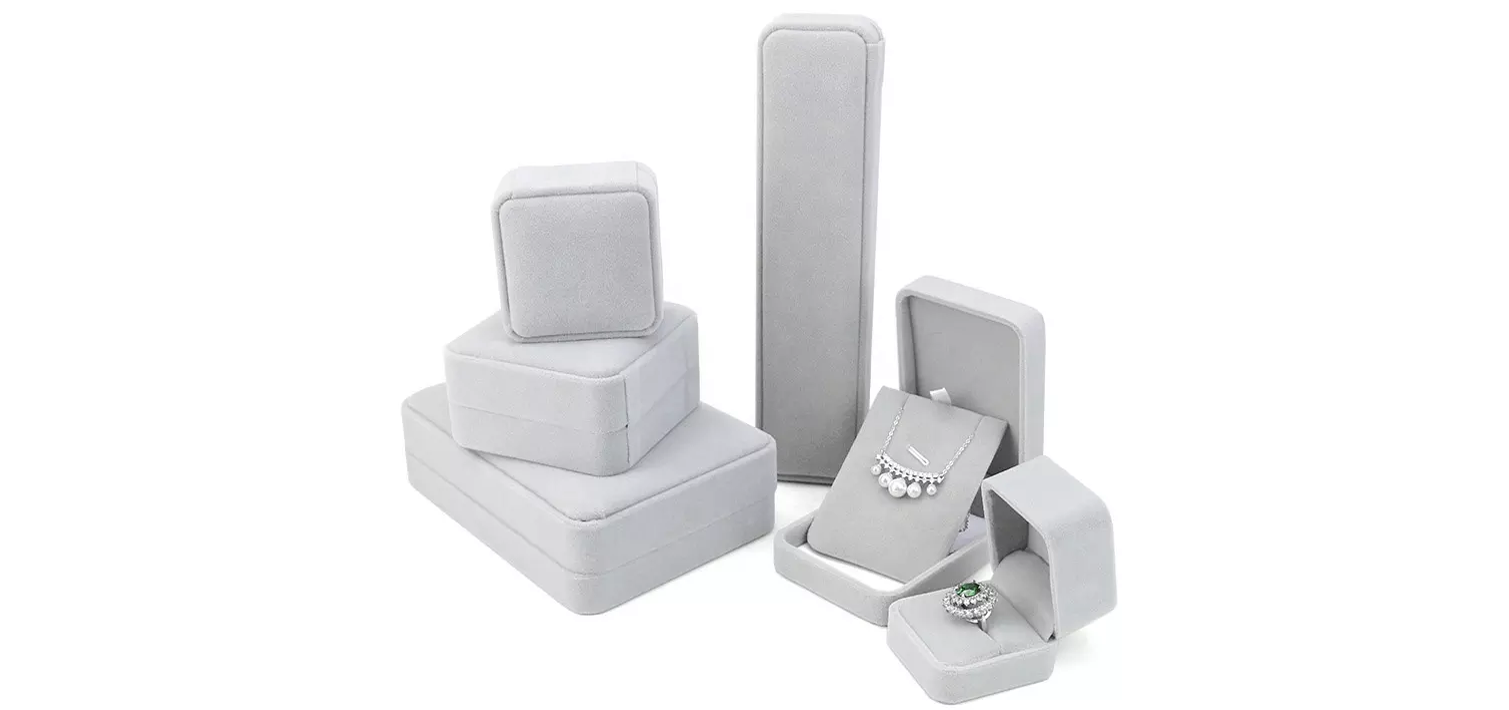
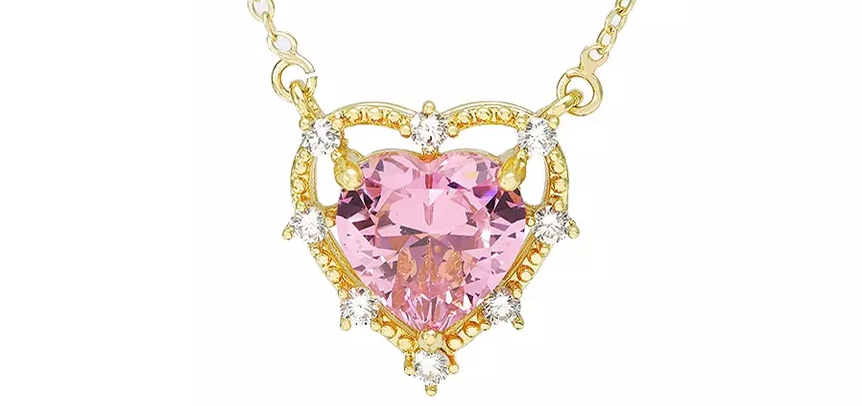
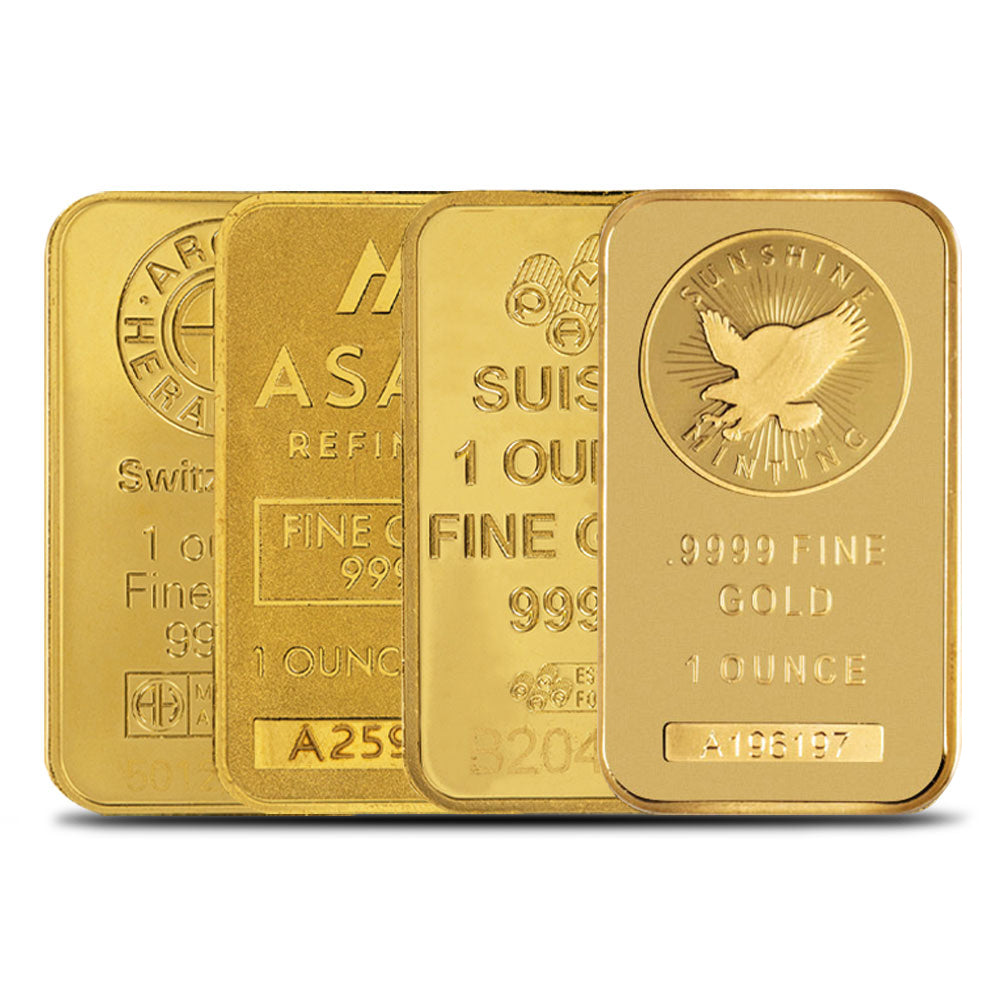
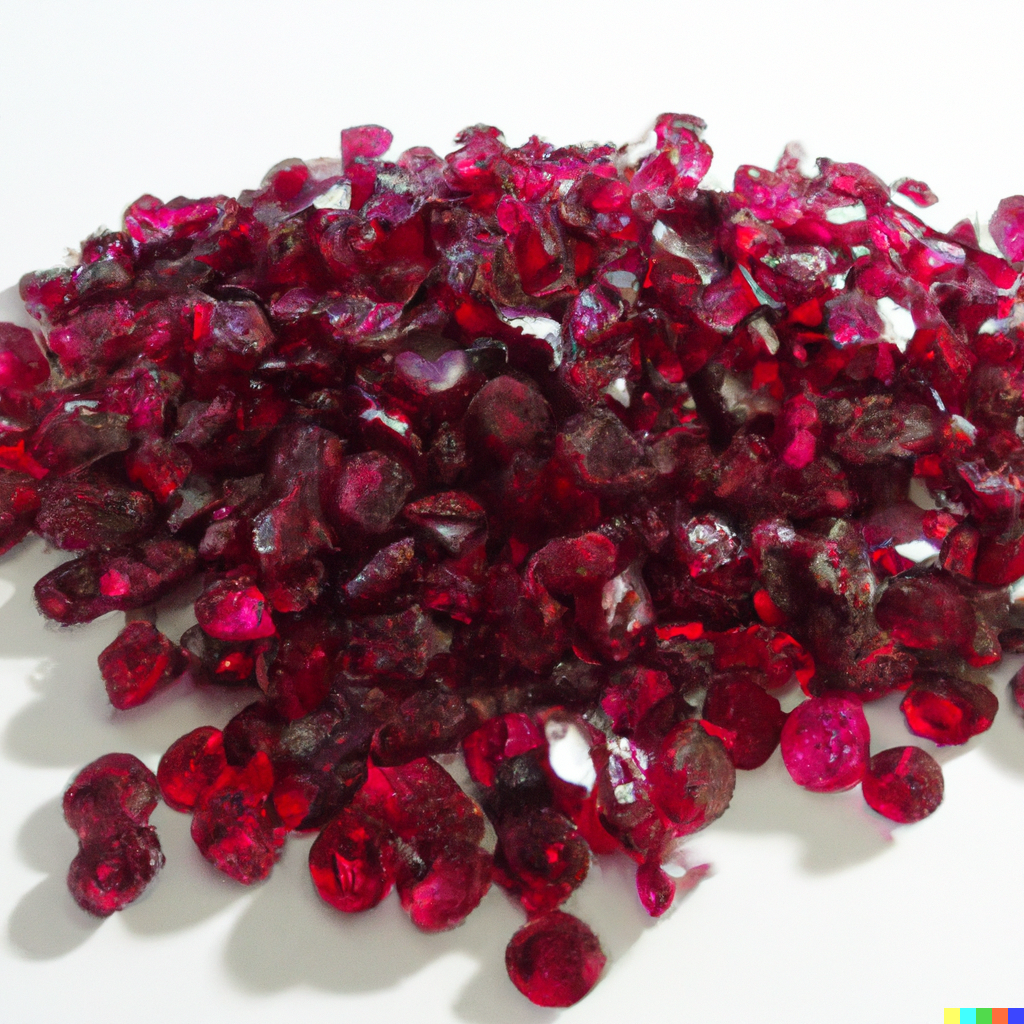
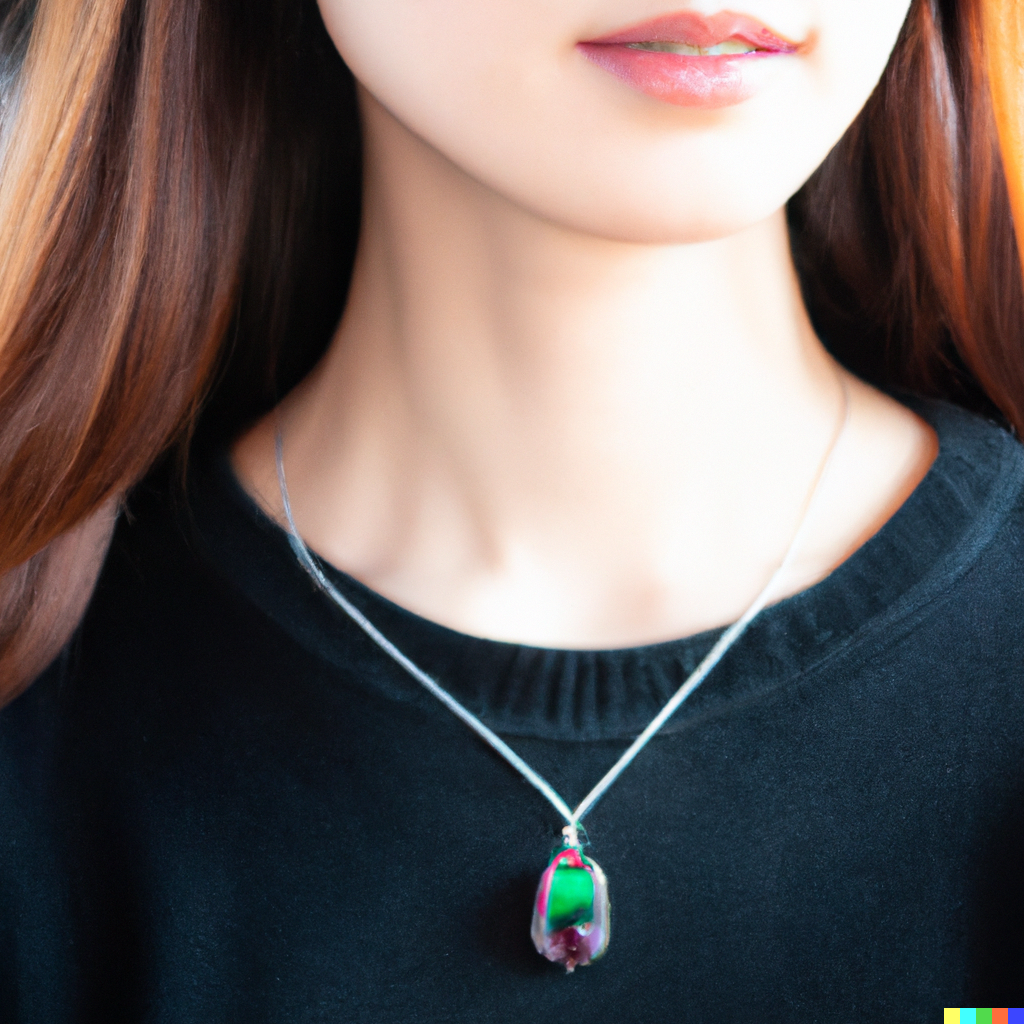
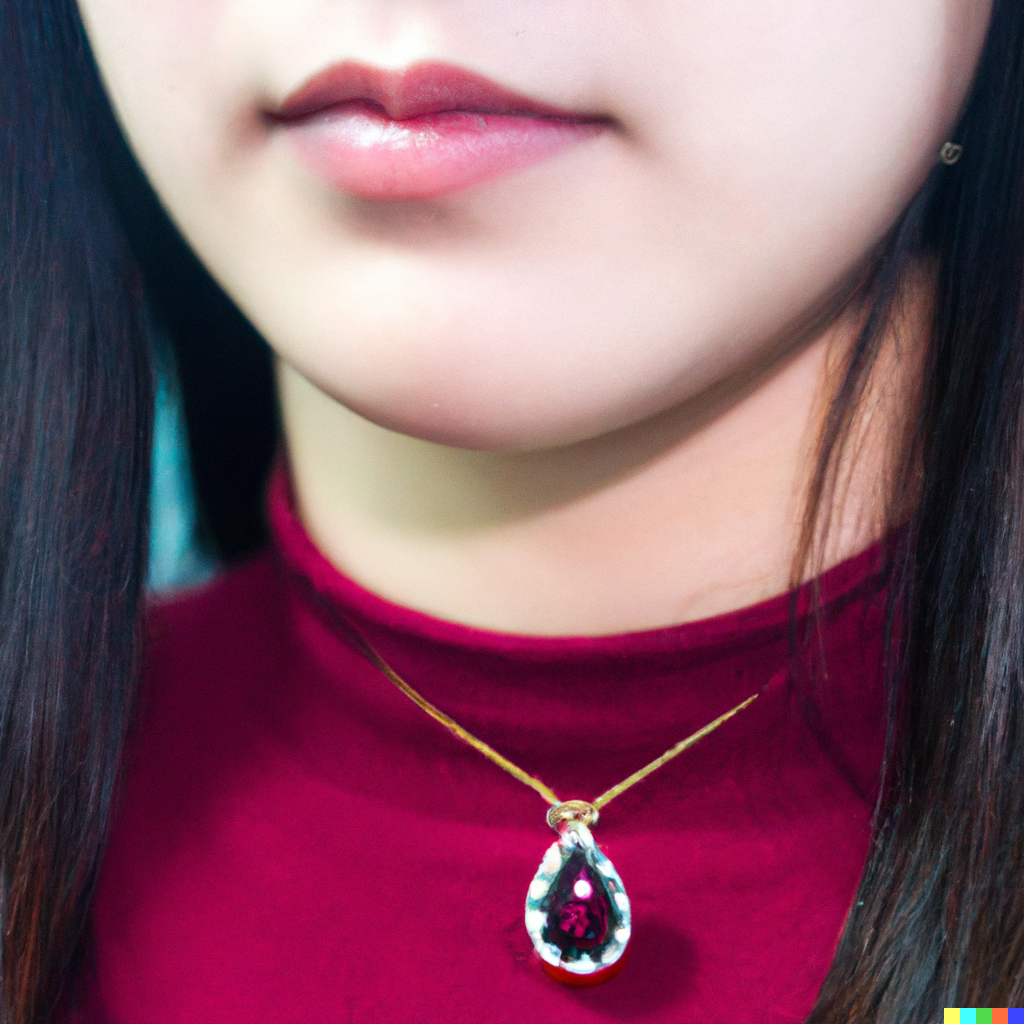
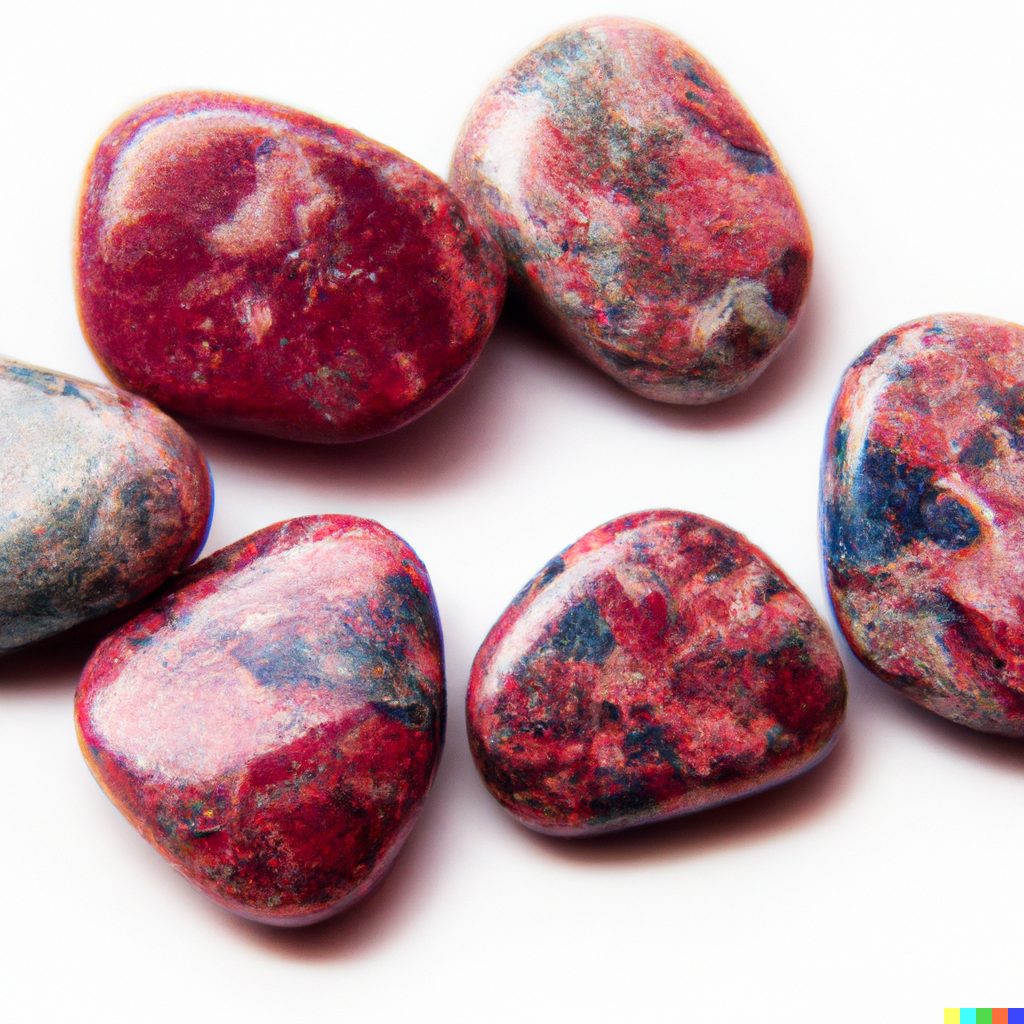


Leave a comment